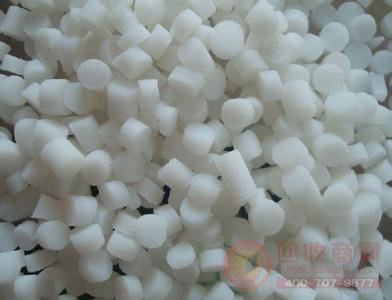
TPE toughening agents are available in a wide variety of products, and the choice of different toughening agents for different materials will be more significant. When choosing a TPE variety, pay attention to the following points:
1 TPE and resin compatibility is better
1 principle of similarity of polarity
The polarity of the plastic is cellulose plastic>Pa>PF>EP>PVC>EVa>PS>PP, HDPE, LDPE, LLDPE;
The polarity of TPE is glue > butyl rubber > neoprene > styrene butadiene rubber > cis butyl rubber > natural rubber > ethylene propylene rubber;
When specifically selected, the polarity should be matched and matched, that is, the high polarity resin is selected from high polarity TPE, and the low polarity resin is selected as low polarity TPE.
2 solubility parameters are similar principle
In the specific selection, the difference between the solubility parameter of the resin and the TPE is less than 1.5 to ensure good compatibility.
2 commonly used TPE compatibilizer
The addition of compatibilizers should be added to the toughening system with poor compatibility of the resin with TPE to improve the compatibility of the two. Commonly used compatibilizers are maleic anhydride or acrylic grafts of resins or toughening agents.
3 synergy of TPE
The addition of different varieties of TPE often has a synergistic effect. For example, in the PP toughening formula, the combined toughening effect of EPDM and aBS is better.
4 TPE addition amount
The amount of TPE added is not as good as possible, and generally has an optimal value. When MBS is added to PVC, the amount of addition is 15%, and the amount of TPE added to PS is 15%.

Vinyl compatibilizer
5 rigid compensation
When TPE is used as a toughening material for a resin, the rigidity index such as tensile strength and bending strength is greatly reduced while being toughened. In order to compensate for the loss of rigidity, a rigid filler such as calcium carbonate is added to the formulation; a rigid organic resin such as aS or PMMa may also be added to the TPE toughening system.
Synergistically add processing aids
For the toughening formula with a large amount of TPE added, in addition to aCRTPE (aCR has a core-shell acrylate copolymer), the viscosity of the melt can be increased. To this end, most of them need to add lubricants or processing aids to improve their processing properties.
Size of the particle size
The particle size of the TPE has a great influence on the toughening effect. According to the TPE toughening theory, the particle size of brittle resins such as PS and PP can be relatively large; while for tougher resins such as PVC, POM, PET, etc., the particle size of TPE can be relatively small.
In addition, the particle size of the TPE affects the surface gloss of the article. The greater the particle size, the lower the gloss of the article. For example, in HIPS, the particle size of the TPE is 2-5 microns, and the matte effect is produced on the surface of the product. If the particle size of the TPE is less than 0.5 micron, the surface gloss of the product is good.
8 Other factors to consider
When the product needs to be transparent, choose MBS; when the product needs flame retardant, choose CPE, when the product needs weather resistance, choose CPE, aCR, EVa, not select MBS, aBS; when the product requires low cost, choose CPE and EVA, different TPE price The order is MBS>aCR>aBS>NBR>CPE>EVa
Stainless Steel Embossed Sheets
Embossed Steel Sheet,Embossed Steel Plate,Embossed Stainless Steel Sheet,Stainless Steel Embossed Sheets
Foshan Sunsteel Co. , Ltd , https://www.fssunsteel.com